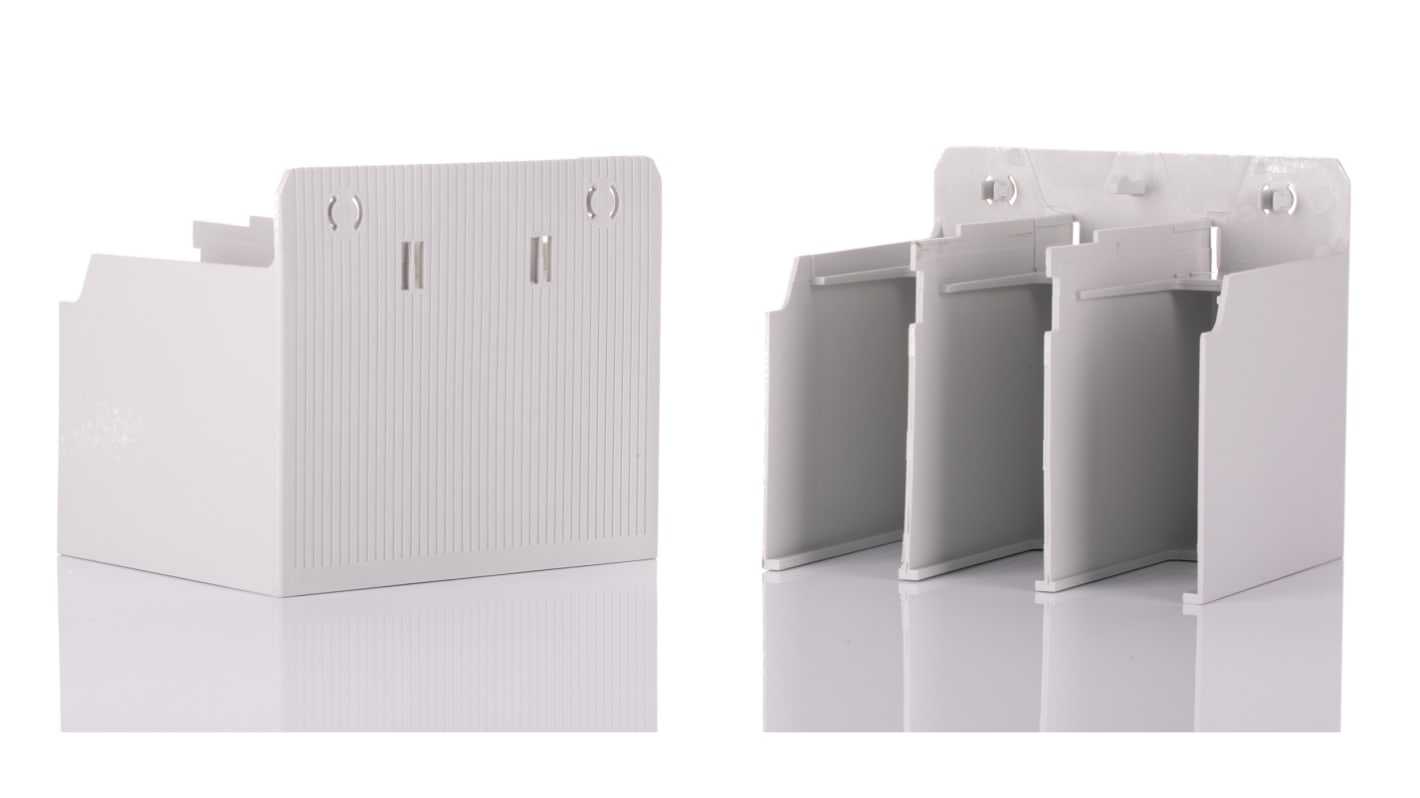Allen Bradley Terminal Shroud for use with 100-E116 → 100-E146 Wye Contactors
- RS Stock No.:
- 183-4577
- Mfr. Part No.:
- 100-ETS146L
- Brand:
- Allen Bradley

Subtotal (1 unit)*
£54.32
(exc. VAT)
£65.18
(inc. VAT)
FREE delivery for orders over £50.00
In Stock
- Plus 4 unit(s) shipping from 24 November 2025
- Plus 11 unit(s) shipping from 15 December 2025
Need more? Click ‘Check delivery dates’ to find extra stock and lead times.
Units | Per unit |
|---|---|
| 1 + | £54.32 |
*price indicative
- RS Stock No.:
- 183-4577
- Mfr. Part No.:
- 100-ETS146L
- Brand:
- Allen Bradley
Specifications
Technical Reference
Legislation and Compliance
Product Details
Find similar products by selecting one or more attributes.
Select all | Attribute | Value |
|---|---|---|
| Brand | Allen Bradley | |
| Accessory Type | Case | |
| For Use With | 100-E116 → 100-E146 Wye Contactors | |
| Select all | ||
|---|---|---|
Brand Allen Bradley | ||
Accessory Type Case | ||
For Use With 100-E116 → 100-E146 Wye Contactors | ||
- COO (Country of Origin):
- SE
Allen Bradley Terminal Shroud For Contactors With Compression Lugs - 100-ETS146L
Use this Allen Bradley terminal shroud from Rockwell Automation to enhance the safe operation of your industrial contactors. It's designed to cover connection points in Wye contactors from the 100-E116 to 100-E146 ranges, preventing exposure to live parts for a reduced risk of electric shocks. Made of durable thermoplastic material, the shroud offers reliable impact resistance so you can use it in harsh environments. Components like this are commonly found in industrial settings like production plants and assembly lines.
• Simple, tool-free installation saves time and effort
• Low-profile design to fit into setups with limited space
• Open top construction allows for passive cooling from the atmosphere, preventing heat accumulation for optimal performance
• Low-profile design to fit into setups with limited space
• Open top construction allows for passive cooling from the atmosphere, preventing heat accumulation for optimal performance
Standards and Certifications
• RoHS
Terminal Shrouds 100-E116...100-E146.
How does a contactor work?
Terminal Shrouds
Not applicable when using 105-PW or 170-PW power wiring kits
Not applicable when using 105-PW or 170-PW power wiring kits
A contactor is an electromechanical switch used to control the power supply to a load. It features two major components – a coil or electromagnet and contacts. When current passes through the device, its coil produces a magnetic field. This makes the contactor move its armature and the normally closed contact completes the circuit between the fixed and moving contacts, allowing current flow to the load.
